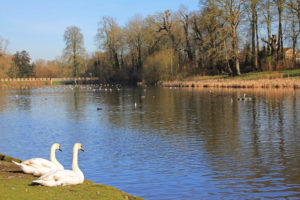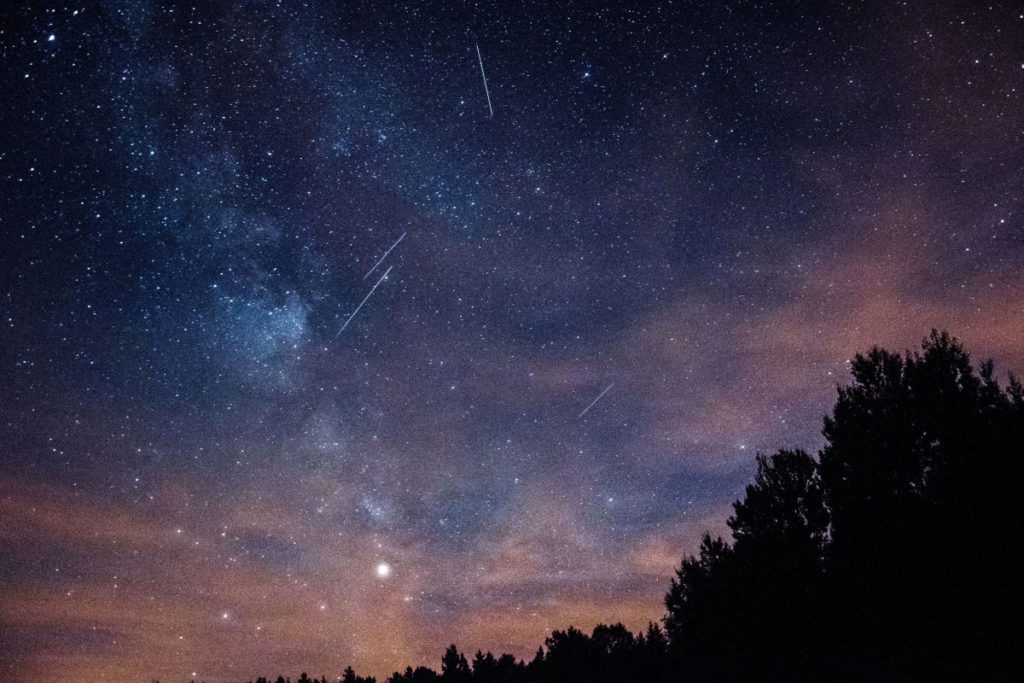Nature Watch
 Each season at the park brings its own delights. In the winter it may seem as though the park is sleeping but there is still plenty to see, including the famous Lydiard display of snowdrops (Galanthus) and the yellow flowers of the lesser celandine. Spring sees the blossom and bulbs; meanwhile the blackbirds and thrushes are claiming their territories and the grey squirrels indulge in their courtship chases! High summer is a particularly busy time in the glorious walled garden whilst autumn is vivid with berries and the leaves turning bronze and gold.
Each season at the park brings its own delights. In the winter it may seem as though the park is sleeping but there is still plenty to see, including the famous Lydiard display of snowdrops (Galanthus) and the yellow flowers of the lesser celandine. Spring sees the blossom and bulbs; meanwhile the blackbirds and thrushes are claiming their territories and the grey squirrels indulge in their courtship chases! High summer is a particularly busy time in the glorious walled garden whilst autumn is vivid with berries and the leaves turning bronze and gold.
The park has a great wildlife diversity: Amongst a range of reptile and amphibian species there are newts, grass snake, common lizard, toads and frogs. Mammals that inhabit the park include foxes, badgers and deer whilst the lakes provide habitat for a variety of water fowl such as coot, moorhen, great crested grebe, tufted duck, mallard duck, Canada geese, little grebe, common tern, herring gulls and swans.
There are many other bird species in the woods including nuthatches, tree creepers, thrush and pied wagtails. You may hear the loud tap of the great spotted woodpecker and at dawn and dusk the call of the tawny owl. Whenever you visit, there is so much to explore.
Look to the Skies in November
In nature, November is the time of transition into Winter. The last leaves fall from deciduous trees and hibernating animals start their winter sleep. A piece of weather lore that is sometimes quoted for November is: “If the ice in November will bear a duck, then all the rest will be slush and muck” suggesting that a cold November will lead to a mild winter. The predictive power of ducks is reputed to be at its best on Martinmas, 11th November, so check the Lydiard Lake for skating ducks that day!
November is also the time to listen out for the tawny owls calling and to watch for the deer rutting in the parkland. And if you get a cold, clear night, there are two sets of annual meteor showers, the Taurids and the Leonids. Meteor showers are caused when the Earth travels through a cloud of cometary debris. The Taurid meteor shower is caused by debris from Comet Encke and the Leonids are associated with Comet Tempel-Tuttle, which also provides a prolific meteor storm every thirty years or so. The Leonids get their name from the constellation Leo; the meteors appear to radiate from that point in the sky. Open spaces, such as parkland, with no street lighting, as the perfect place to view the night sky.
